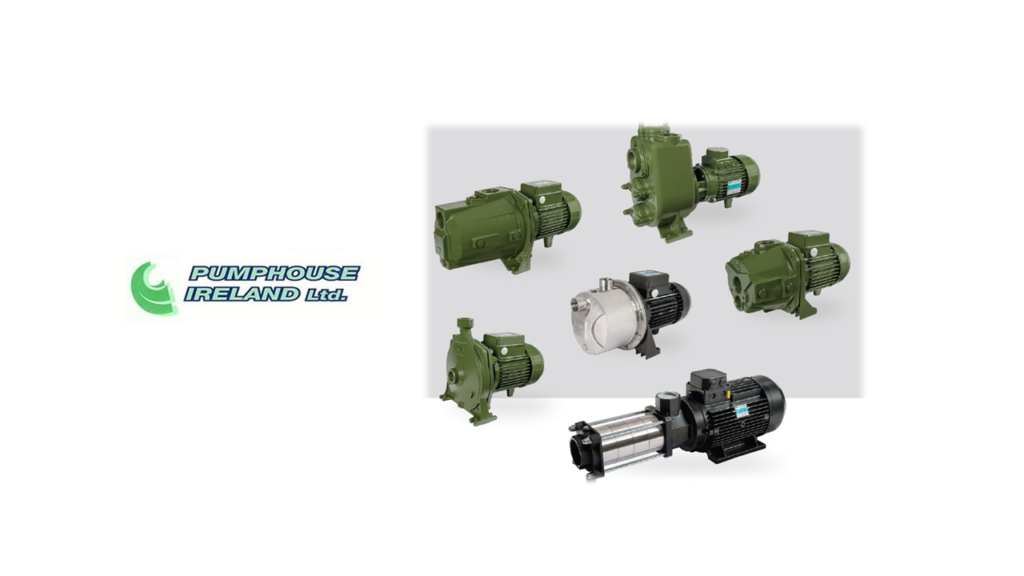Energy Efficiency and Water Pumps
Category : Energy Efficient Pumps
How to Save on Costs

SAER CAN MEET ANY NEED AND REQUIREMENT
Water pumps are essential for various applications, from supplying water to residential homes to facilitating industrial processes. While their functionality is crucial, the energy they consume can contribute significantly to operational costs. In this blog post, we’ll explore the importance of energy efficiency when it comes to water pumps and provide tips on how to save on costs without compromising performance.
Understanding the Impact of Energy Consumption:
Water pumps, especially in larger installations, can be significant consumers of electricity. The energy required to move water efficiently can contribute substantially to operational expenses. Therefore, optimizing energy efficiency not only benefits the environment but also has a direct impact on your bottom line.
Choosing Energy-Efficient Water Pumps:
- Variable Speed Drives:
- Consider pumps with variable speed drives (VSDs) that adjust the pump’s speed based on demand. This not only saves energy but also extends the life of the pump by reducing wear and tear during periods of lower demand.
- High-Efficiency Motors:
- Invest in pumps equipped with high-efficiency motors. These motors are designed to convert electrical power into mechanical power with minimal losses, resulting in overall energy savings.
- Smart Pumping Systems:
- Explore smart pumping systems that use sensors and automation to optimize pump performance based on real-time conditions. These systems can adjust settings to respond to changes in demand, further reducing energy consumption.
Operational Tips for Energy Savings:
- Regular Maintenance:
- Implement a proactive maintenance schedule to ensure that pumps operate at peak efficiency. Clean filters, inspect for leaks, and lubricate moving parts regularly.
- Optimize Pumping Schedule:
- Time your pumping operations to coincide with off-peak electricity hours, if possible. This can result in lower electricity costs during periods of reduced demand on the power grid.
- Pressure Regulation:
- Adjust pump settings to match the required pressure for your specific application. Running pumps at higher pressures than necessary wastes energy.
Monitoring and Data Analysis:
- Install Energy Monitoring Systems:
- Implement energy monitoring systems to track pump performance and energy consumption. This data can help identify areas for improvement and guide decisions for further energy savings.
- Data-Driven Decisions:
- Analyze the collected data to make informed decisions about pump operation, maintenance schedules, and potential upgrades. This proactive approach can lead to long-term energy savings.
Conclusion: A Win-Win for Efficiency and Savings
By prioritizing energy efficiency in your water pumping operations, you not only contribute to environmental sustainability but also achieve significant cost savings. Investing in modern, energy-efficient pumps and adopting smart operational practices can make a substantial difference in your overall operational expenses.
Remember, a greener approach to water pumping is not just environmentally responsible—it’s financially smart too!
Shop the SAER range of pumps or contact our team today to see how we can solve your pump requirements